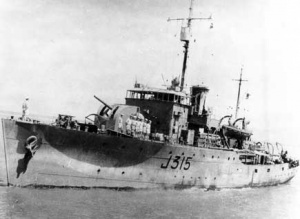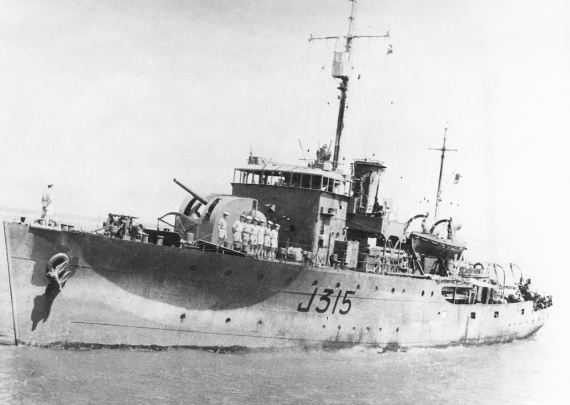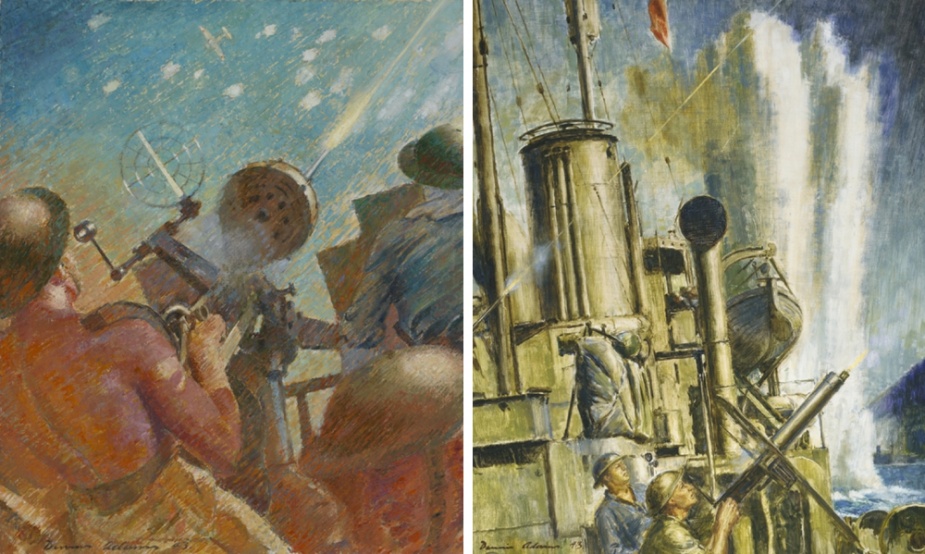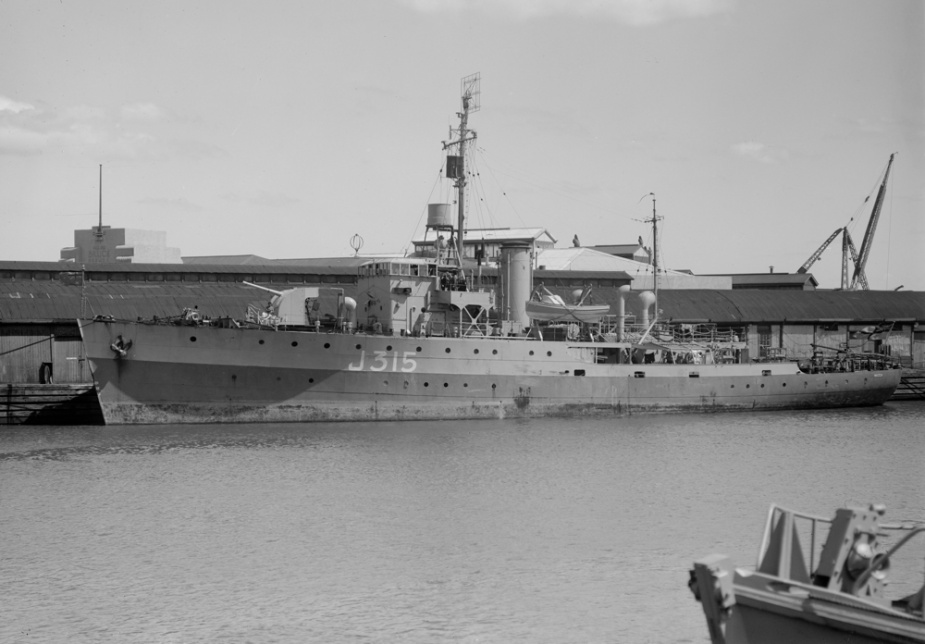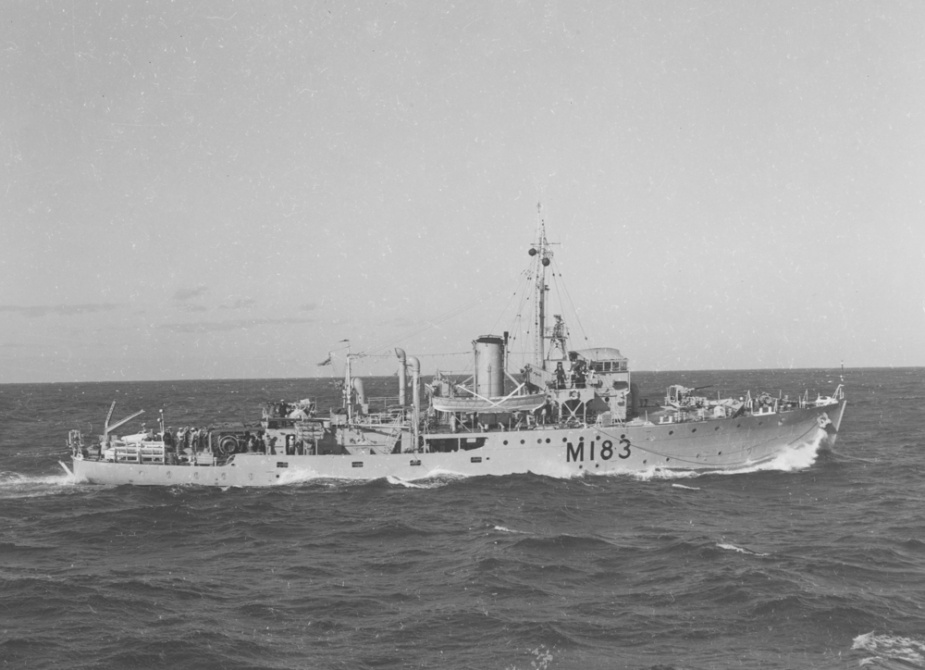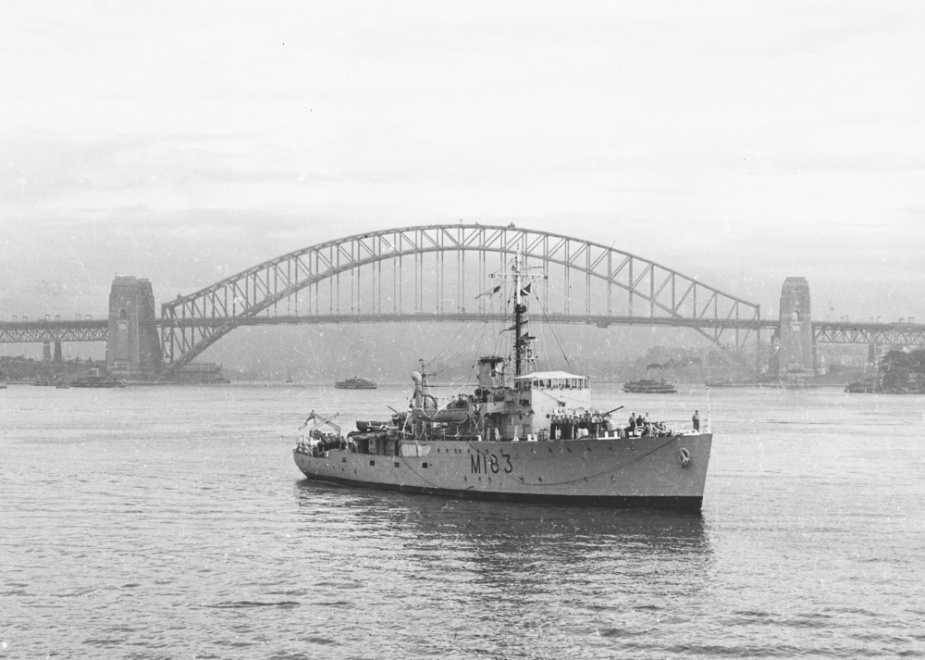HMAS Wagga
| Class |
Bathurst Class |
|---|---|
| Type |
Australian Minesweeper |
| Pennant |
J315, M183 |
| Builder |
Mort's Dock and Engineering Co Ltd, Sydney |
| Laid Down |
8 March 1942 |
| Launched |
25 July 1942 |
| Launched by |
Mrs HE Gissing, Mayoress of Wagga |
| Commissioned |
18 December 1942 |
| Decommissioned |
28 October 1960 |
| Dimensions & Displacement | |
| Displacement | 815 tons |
| Length | 186 feet 4 inches |
| Beam | 31 feet 2 inches |
| Draught | 10 feet 6 inches |
| Performance | |
| Speed | 15.7 knots |
| Range | 2376 miles at economical speed |
| Complement | |
| Crew | 85 |
| Propulsion | |
| Machinery | Triple expansion, 2 shafts |
| Horsepower | 2,000 |
| Armament | |
| Guns |
|
| Other Armament | 50 Mk. VII depth charges |
| Sonars | Type 128C ASDIC |
| Awards | |
| Battle Honours | |

HMAS Wagga was one of sixty Australian Minesweepers (commonly known as corvettes) built during World War II in Australian shipyards as part of the Commonwealth Government’s wartime shipbuilding programme. Twenty were built on Admiralty order but manned and commissioned by the Royal Australian Navy. Thirty six (including Wagga) were built for the Royal Australian Navy and four for the Royal Indian Navy.
HMAS Wagga was laid down on 8 March 1942 at Morts Dock and Engineering Co Ltd, Sydney. She was launched on 25 July 1942 by Mrs HE Gissing, Mayoress of Wagga, and commissioned at Sydney on 18 December 1942 under the command of Lieutenant Donald K Cracknell RANR(S).
Wagga began her seagoing career in January 1943, escorting convoys on the east coast of Australia. In mid January she unsuccessfully searched for survivors of the steamer Kalingo which had been sunk by a Japanese submarine off the New South Wales coast on 18 January.
In March 1943 Wagga transferred to Queensland waters. Later that month she extended her escort duties to the forward areas in New Guinea. There she supported Operation LILLIPUT, which involved the transhipment of troops and supplies to Oro Bay for the reinforcement and development of the Buna-Gona area. Operation LILLIPUT began in December 1942 and concluded in June 1943.
On 14 April 1943, at Milne Bay, Wagga came under intense air attack from Japanese dive bombers. There were several near misses but she was not hit and escaped serious damage, although the British ship Gorgon was hit a number of times and set on fire, and the Dutch ship Van Outhoorn was damaged from near misses. Another Dutch ship, the Van Heemskerk, was also hit by several bombs and set on fire. A party of men from Wagga endeavoured to extinguish the flames, but the fire had too greater hold on the ship which was later beached. Four Allied servicemen and 12 merchant seaman were killed in the air raid, with many more injured.
Convoy escort duties between north Queensland ports and New Guinea occupied Wagga through to the close of 1943. Following a month at Williamstown over December 1943 and January 1944, Wagga returned to the New Guinea area in February 1944.
She was constantly employed in the New Guinea area throughout the whole of 1944, only returning to Australia for a brief period in August 1944 when she visiting Cairns. She escorted convoys, conducted anti-submarine patrols, transported troops and provided naval gunfire support to Allied military forces by bombarding selected targets ashore. On 16 May 1944 she bombarded Japanese positions in the Bunabun Harbour, Neptune Point and Uligan Harbour areas, all north west of Madang.
Wagga continued her service in the New Guinea area in 1945. She visited Darwin in August 1945 and was en route from Darwin to Morotai on the last day of the Pacific War. From Morotai she proceeded to Subic Bay and then to Hong Kong, where she arrived on 29 August 1945.
Wagga was based at Hong Kong until October 1945, conducting local minesweeping operations and anti-piracy patrols. On 11 October she departed Hong Kong in company with a number of her sister ships for the long passage to Australia via Morotai. She arrived in Sydney on 2 November and Melbourne on 7 November.
Wagga paid off into the Reserve Fleet at Melbourne on 28 November 1945, having steamed 105,000 miles on active service.
Post-war service
Following a period of six years in the Reserve Fleet, Wagga recommissioned at Melbourne on 12 December 1951, under the command of Lieutenant Commander Alwyn J Ford RAN.
During the following six years Wagga was employed as a training ship providing seagoing instruction for naval reservists and National Service trainees on the Australian east coast. During this period she steamed a further 78,000 miles on training cruises, naval exercises, northern patrol and oceanographic survey duties.
In August 1952 Wagga assisted with the tow of the cruiser HMAS Hobart (I) from Sydney to Newcastle.
Following a three month refit in Sydney in late 1954, Wagga proceeded to New Guinea in December 1954 for a two month patrol in northern waters. She returned to Sydney on 25 February 1955 for refit and modernisation which was completed in June.
Wagga continued to operate in Australian waters until December 1956 when she undertook another northern waters patrol in the New Guinea area. She returned to Sydney in March 1957 for another short refit and further seagoing service on the Australian east coast.
Wagga paid off into Reserve at Sydney on 25 October 1957. She returned to seagoing service a year later, when she recommissioned on 31 October 1958 for two weeks to resume service as a training ship for naval reservists and cadets.
Paying off again on 12 November 1958, Wagga spent several further short periods in commission as required to conduct training cruises. These periods were 6 to 18 February 1959, 29 May 1959 to 10 June 1959, 4 to 16 June 1960 and 15 to 28 October 1960. During her final commission in October 1960, Wagga paid a three day visit to Noumea.
When Wagga paid off for the final time on 28 October 1960, she had steamed some 190,000 miles since she first commissioned in December 1942. She was the last of the Bathurst Class in seagoing commission in the Royal Australian Navy. Wagga was declared for disposal on 31 May 1961 and sold out of service in March 1962, when she was purchased by the South Australian Carrying Co.
Note: This video is hosted on YouTube. Department of Defence users will not be able to view this video on the Defence Protected Network.
This cine film has been placed online as part of the Sea Power Centre - Australia’s ongoing archival digitisation program.
Further Reading
- The Corvettes: Forgotten Ships of the Royal Australian Navy, by Iris Nesdale - published by the author, October, 1982.
- Wagga Saga J315 - M183 HMAS Wagga: One of 60 Fighting Corvettes (Australian Minesweepers), Researched and compiled by Nev ‘Lofty’ Rackemann - Bruce Marshall - published by HMAS Wagga Association, 1992.
- Corvettes - Little Ships for Big Men, by Frank B Walker - published by Kingfisher Press, NSW, 1996.
- A Wandering Wake, The Men and the Movements of the Australian Bathurst Class Minesweeper HMAS Wagga, Nev Rackemann, HMAS Wagga Association, 2007.
- The Australian Centenary History of Defence Volume III, The Royal Australian Navy, edited by David Stevens, Oxford University Press, South Melbourne, Victoria, Australia, 2001.

